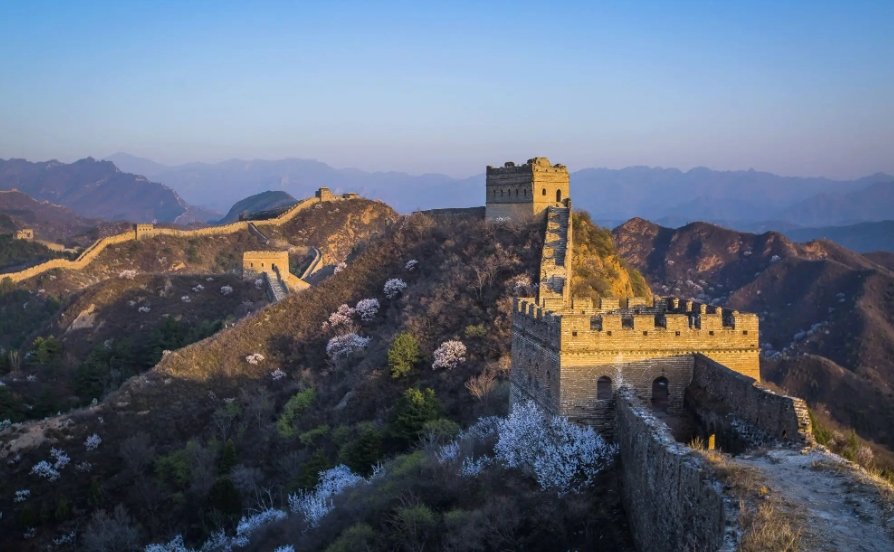
当然可以,我可以帮你写一篇关于中国长城的英文文章。请看:
The Great Wall of China: A Monumental 21,196 Kilometers Long
The Great Wall of China is one of the most iconic structures in the world, snaking across mountains, deserts, and grasslands. Its immense length, a staggering 21,196 kilometers (13,171 miles) according to recent measurements, often leaves people wondering: How did it get so long?
The answer lies not in a single wall built at once, but in a complex history spanning over two millennia. The Great Wall wasn't built in a day, nor by a single dynasty. It is the result of the efforts of numerous dynasties and kingdoms over centuries, each adding to, rebuilding, and connecting existing walls for different purposes.
Here's a breakdown of the factors contributing to its incredible length:
1. Multiple Dynasties, Multiple Walls:
- Early Walls (7th Century BC - 221 BC): Long before the unification of China, various states constructed walls for defense against nomadic tribes and rival states. These walls, built from packed earth and stone, formed the initial segments.
- Qin Dynasty (221 BC - 206 BC): Emperor Qin Shi Huang, after unifying China, famously connected and extended these walls, forming an early prototype of the Great Wall. This was primarily to defend against invaders from the north.
- Han Dynasty (206 BC - 220 AD): The Han Dynasty further extended the wall into the western regions, primarily to protect the Silk Road trade routes. This period saw a significant increase in the wall's length.
- Later Dynasties (14th Century - 17th Century): The Ming Dynasty undertook the most extensive construction, primarily using bricks and granite. They built watchtowers, fortresses, and strategically placed the wall along the current northern border.
2. Strategic Defense, Not a Continuous Line:
- The Great Wall is not a single continuous structure, but a network of interconnected walls with branches and loops. This design maximized defense coverage while economizing resources.
- Sections were strategically placed on mountain ridges and other natural barriers to bolster defenses.
- The wall wasn't meant to be a completely impenetrable barrier, but rather a combination of physical and strategic defense. Watchtowers allowed for long-range observation and communication, enabling rapid deployment of troops.
3. Measuring the Immeasurable:
- Determining the exact length of the Great Wall is complex due to its age, construction methods, and the inclusion of natural barriers.
- Recent archaeological surveys using advanced technologies like GPS and satellite imagery have provided more accurate measurements, reaching the current figure of 21,196 kilometers.
The Great Wall of China is not just a wall; it's a testament to centuries of human endeavor, ingenuity, and the constant struggle for security and peace. It represents a monumental feat of engineering, logistics, and national identity.
Q&A:
-
Q: Why was the Great Wall built?
- A: The Great Wall was primarily built to defend China from invading nomadic tribes and rival states. It also served to control immigration and regulate trade.
-
Q: Who built the Great Wall?
- A: Numerous dynasties and kingdoms over centuries contributed to the construction of the Great Wall. The most extensive work was undertaken by the Qin, Han, and Ming Dynasties.
-
Q: How long did it take to build the Great Wall?
- A: It's difficult to say exactly how long it took to build the Great Wall as it was constructed in stages over centuries. However, it's safe to say that its construction spanned over two millennia.